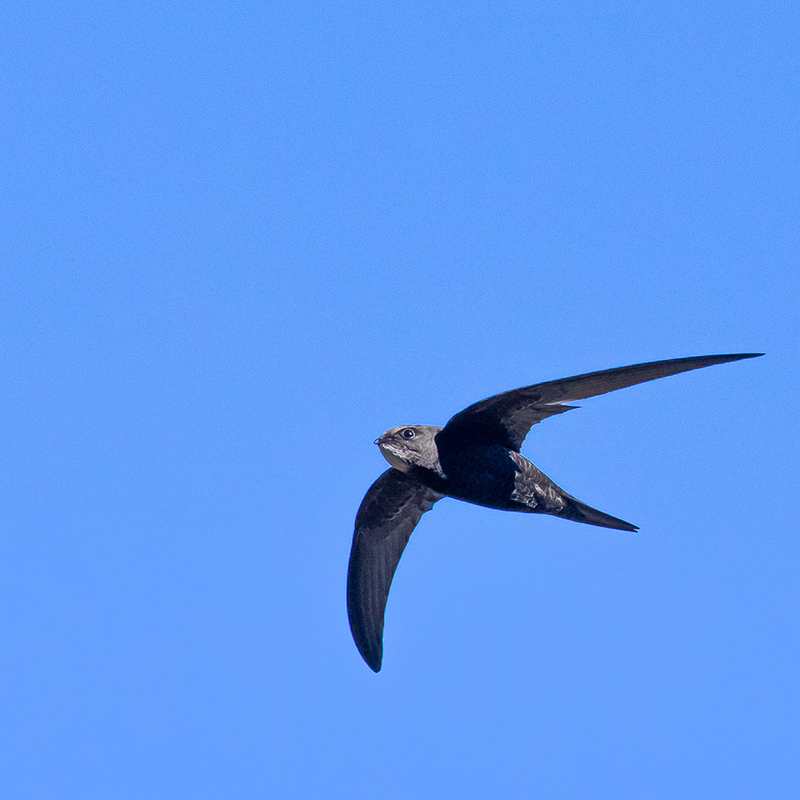Crossing Worlds in Buildings
Caring for Swifts in Brussels
DOI:
https://doi.org/10.52537/humanimalia.13265Keywords:
multispecies studies, urban ecology, care, storied places, attentiveness, common swiftAbstract
Holes in the houses of Brussels, as in other buildings across Europe, have long been the preferred nesting sites of the common swift (Apus apus), a bird famous for its fast flight and for spending most of its life on the wing. For several decades, however, urban construction and renovation has led to the destruction of swifts’ breeding sites, contributing significantly to their disappearance, and have prompted amateur naturalists to spatial interventions in ways that they hope the birds will accept. This essay explores this form of care that is forging a new path through the more-than-human city. It starts with an account of how swifts “story” the cavities they inhabit, and then describes the engagement of a devoted swift caretaker with the birds’ astute knowledge of buildings and their meaningful worlds. Moving across sites in Brussels, the essay articulates how an attentiveness takes shape between swifts, their storied-places, and the human caretakers who learn about them, as well as the tensions and contradictions that arise. Such a care practice involves noticing and experiential learning, it requires conveying importance to unfamiliar interlocutors, and leads both to the reactivation of architectural heritages and pleasure at aesthetic encounters with the birds. In some cases, the employment of nest boxes and other technologies may also risk greenwashing ecologically harmful operations. Caring for swifts, the essay concludes, involves a reciprocal co-becoming at specific architectural interfaces, through attentive and imaginative practices. These modes of attention and of imagination enable material interventions in buildings with a fuller appreciation of swifts’ storied worlds.
Downloads

Published
Issue
Section
License
Copyright (c) 2023 Ariane d'Hoop (Author)

This work is licensed under a Creative Commons Attribution-NonCommercial 4.0 International License.









